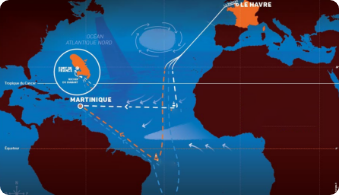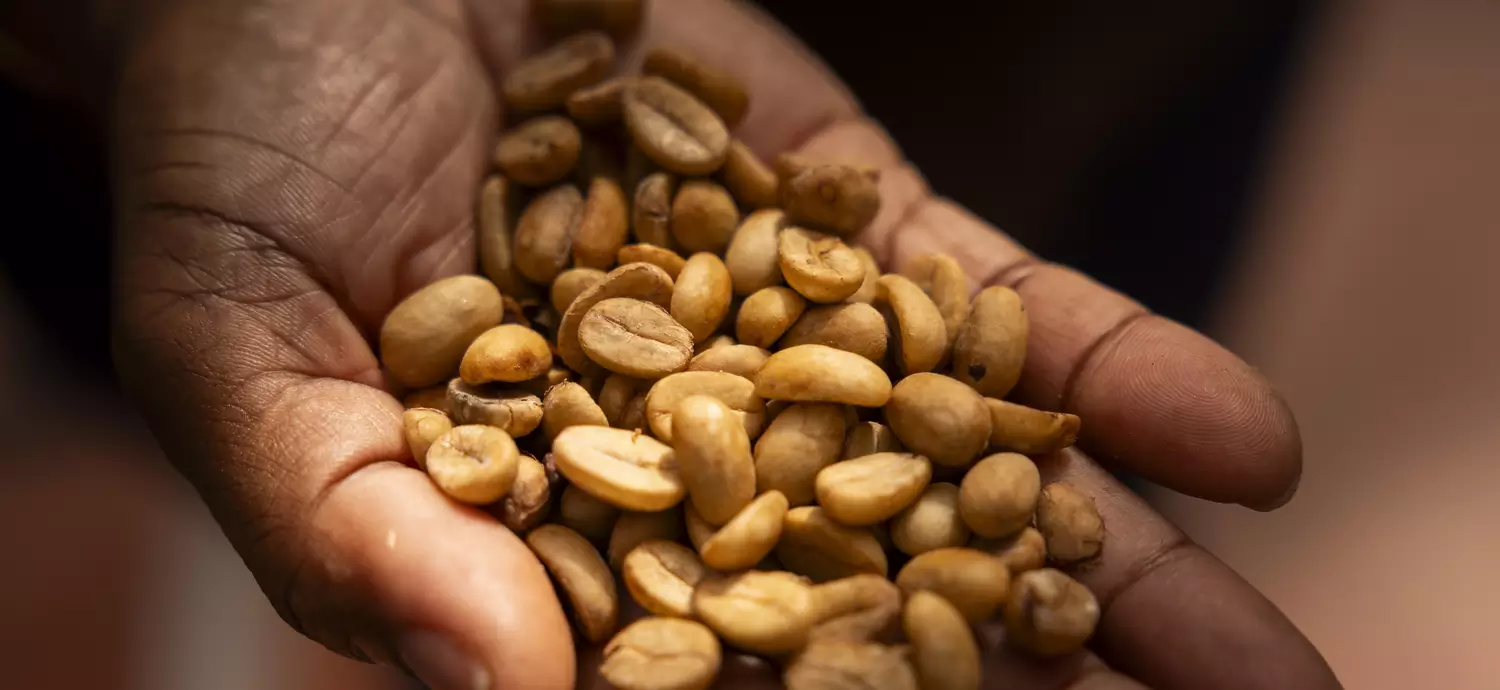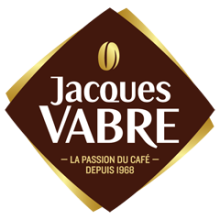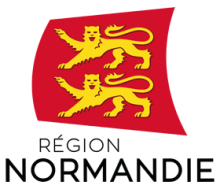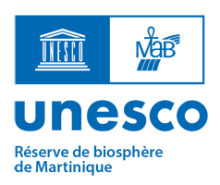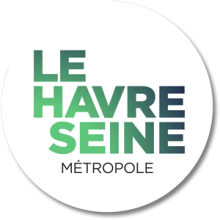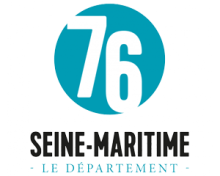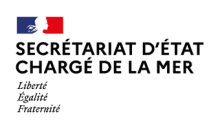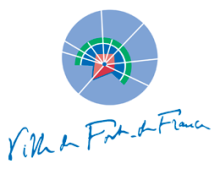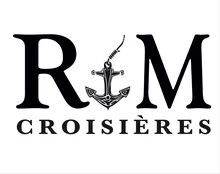300 years ago, Martinique was the nursery for coffee when Captain Gabriel de Clieu brought two coffee plants with him. His voyage across the Atlantic was full of hurdles, rather like the voyage for the two skippers on Lazare.
A tricky crossing
On 7th November, the IMOCA fleet left Le Havre. Among the competitors, Tanguy Le Turquais and Félix de Navacelle aboard Lazare. They have a stowaway aboard: Café-Fé. This coffee plant is due to be replanted in Martinique at the finish. But Tanguy and Félix were unlucky in the first part of their race, suffering an ingress of water. They were forced to head for Lorient. A race against the clock began, so that they could repair and set off again. They achieved that on 14th November. So, what happened to Café-Fé? “We won’t lie. It caught cold in Lorient during our spell in the yard,"admitted Tanguy Le Turquais. But he reassured us, "Félix looked after it in the warmth near his fireplace for two or three days. They recuperated. We set off again and were wondering whether they needed a drink. A leaf turned yellow, but other wise they look fine. We really hope that they can be replanted in Martinique, as that was the basic idea."
An exceptional coffee from Martinique
The island, nicknamed the island of flowers, decided to relaunch coffee growing after 2010. It had been abandoned and replaced by sugar canes. It grows well at the foot of the Pelée mountain. It needs a certain altitude and soil to develop the best aromas. It is in the Regional Park that they discovered the plants, which gave rise to arabica typica.
"When we found them, we started with four coffee plants. We needed to test the location, as it is a sensitive plant,"explained Sofia Hoche-Balustre, President of the Martinique Regional Park. "It worked! The position of Martinique close to the Equator means we have ideal conditions for this type of plantation." Today, the island has 22 coffee plantation growers, who work on a surface area of 3000 m². A reasonable size, allowing everything to be done by hand from sowing the seeds to harvesting. "This allows us to control everything and to offer a premium coffee without the use of pesticides, and with perfect beans," added Sofia Hoche-Balustre.
Within the next five years, Martinique hopes to produce four to five tonnes of coffee per year, which will largely be sold in specialist outlets.





